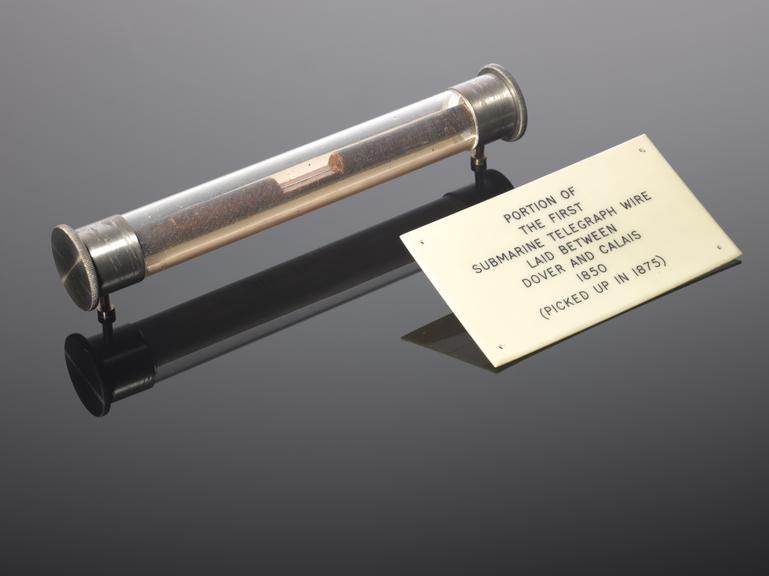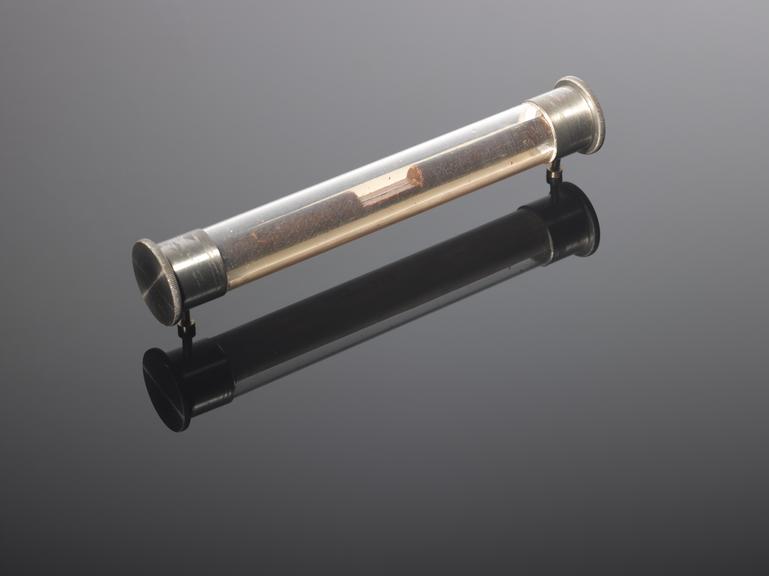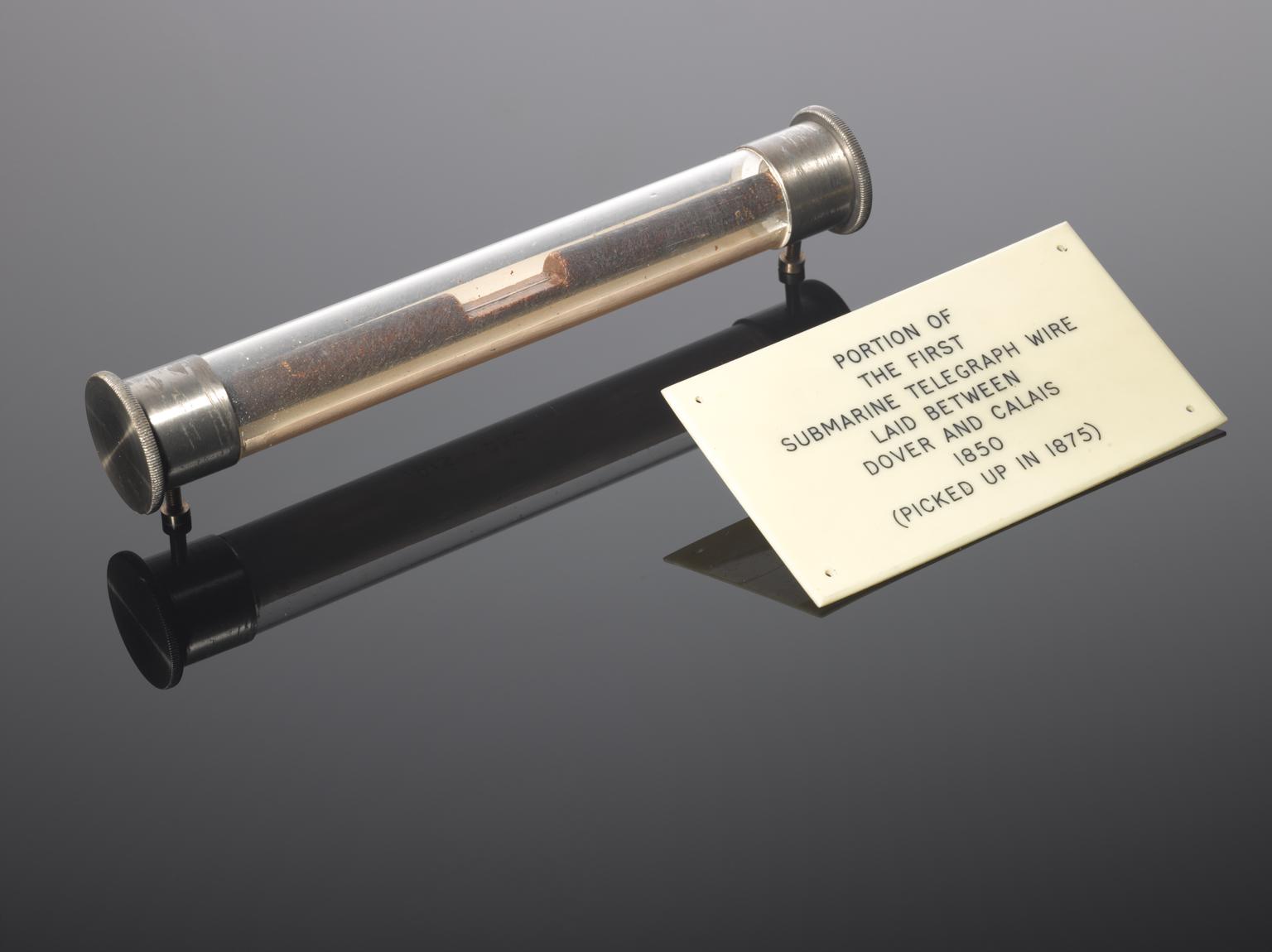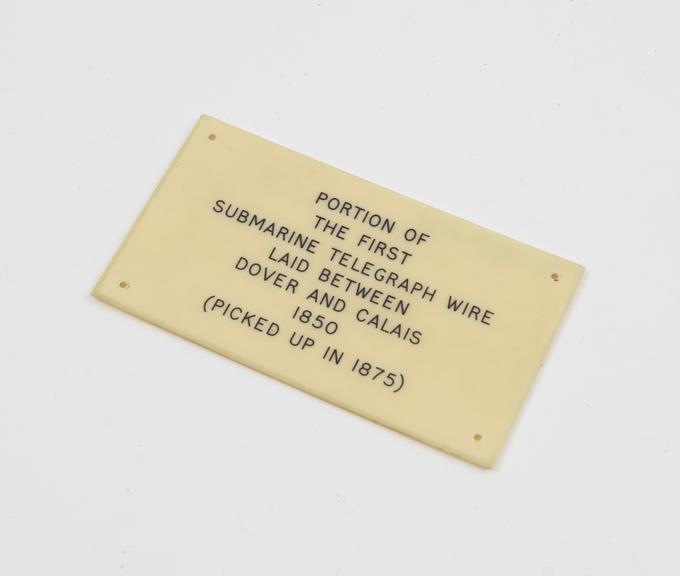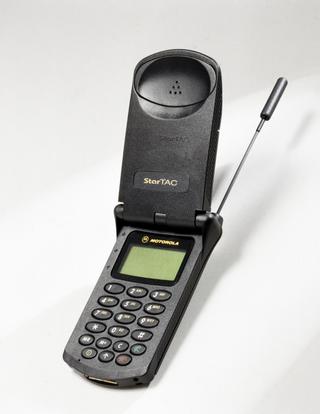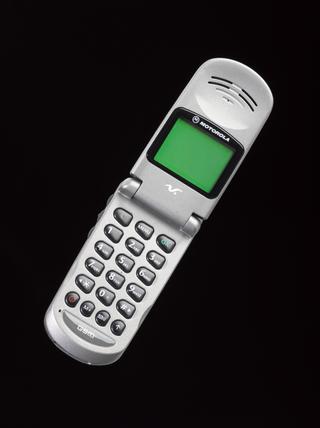Portion of the first submarine cable between Dover and Calais, 1850
Portion of the first submarine cable laid between Dover and Calais, made by the Gutta Percha Company, Islington, London, England, 1850.
More
This cable consists of a single copper wire, with gutta-perch insulation, but no armouring. It was held down to the bed of the sea by lead weights attached at 100-yard (91.4 m) intervals. It was laid between Dover and Cap Gris Nez on 28 August 1850, and failed during the first night, reportedly because a fisherman had caught the cable with his anchor and, without realising what it was, cut it free. The cable was not expected to be a permanent success, and the action of the tides soon destroyed the insulating material. It was intended as a test of the possibility of the idea of laying a cable between England and France. Having proved that it was possible, a second cable was laid the following year in 1851.
- Materials:
- gutta-percha and copper (alloy)
- Object Number:
- 1913-230 Pt1
- type:
- cable
- Image ©
- The Board of Trustees of the Science Museum


